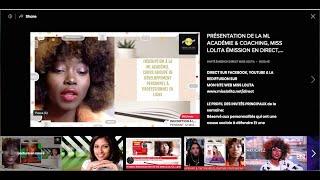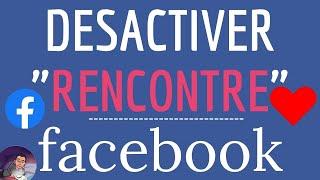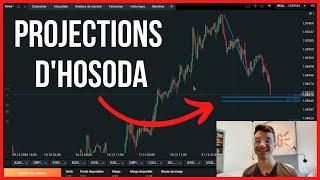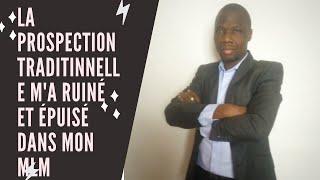If you’re looking to enhance your digital marketing skills, Pinterest SEO is a valuable tool you might be missing out on. In this episode of our podcast, we explore why adding Pinterest SEO to your skill set can give you a real advantage. We cover how Pinterest works, why it's often overlooked, and simple steps you can take to start driving more traffic.
Pinterest isn’t just a platform for DIY projects or recipe ideas—it’s also a powerful search engine, and it’s often underutilized in many marketing strategies. With the right SEO approach, you can tap into its potential to reach a highly engaged audience and generate traffic that lasts. Pinterest SEO can be a game-changer when you're aiming to grow your brand or increase conversions. In this episode, we’ll break it all down so you can get started right away.
Key Takeaways:
Unlike typical social media, Pinterest combines search engine and social media features, making it unique. It uses keywords and high-quality visuals for discoverability, much like Google, but with an emphasis on engagement through visuals.
Just like Google, Pinterest requires strategic keyword use. It's important to include relevant keywords in titles, captions, descriptions, and tags to improve content discoverability and boost traffic.
To increase exposure, it’s recommended to test various types of pins, such as static images, infographics, or images with text overlays. Multiple exposures using different designs for the same content can help drive more traffic.
While it’s commonly associated with lifestyle, fashion, and beauty, Pinterest can work for diverse industries, including accounting, gardening, fitness, and even e-commerce sectors like home improvement and fashion.
Images that are visually appealing and have the right color schemes (like light or pastel tones) tend to perform better. Pinterest users are often ready to take action, so ensuring your pins are engaging is key to driving traffic and conversions.
While AI-generated images are appearing more on Pinterest and do work with the algorithm, they may not generate as much user engagement as human-created images, which still resonate better with the audience.
Posting consistently on Pinterest is key to seeing results. Starting with 1-3 posts a day is enough for new accounts, but posting up to 20 pins a day can lead to better outcomes if you maintain consistency over time.
Static pins are most effective for conversions (driving traffic or sales), while video pins and Idea Pins are great for visibility and attracting impressions. Infographics work well for specific niches like fitness or educational content.
Pinterest is integrating more e-commerce tools, like Shopify, for seamless product uploads. It also offers features like Pinterest Lens and AR capabilities, allowing users to get personalized product recommendations, which enhances shopping experiences.
Freelancers can leverage Pinterest for clients, especially in niches like fashion, beauty, and home décor, since Pinterest’s audience is highly engaged and predominantly female. With less competition compared to other platforms, it offers a unique opportunity for driving traffic and sales.
Pinterest isn’t just a platform for DIY projects or recipe ideas—it’s also a powerful search engine, and it’s often underutilized in many marketing strategies. With the right SEO approach, you can tap into its potential to reach a highly engaged audience and generate traffic that lasts. Pinterest SEO can be a game-changer when you're aiming to grow your brand or increase conversions. In this episode, we’ll break it all down so you can get started right away.
Key Takeaways:
Unlike typical social media, Pinterest combines search engine and social media features, making it unique. It uses keywords and high-quality visuals for discoverability, much like Google, but with an emphasis on engagement through visuals.
Just like Google, Pinterest requires strategic keyword use. It's important to include relevant keywords in titles, captions, descriptions, and tags to improve content discoverability and boost traffic.
To increase exposure, it’s recommended to test various types of pins, such as static images, infographics, or images with text overlays. Multiple exposures using different designs for the same content can help drive more traffic.
While it’s commonly associated with lifestyle, fashion, and beauty, Pinterest can work for diverse industries, including accounting, gardening, fitness, and even e-commerce sectors like home improvement and fashion.
Images that are visually appealing and have the right color schemes (like light or pastel tones) tend to perform better. Pinterest users are often ready to take action, so ensuring your pins are engaging is key to driving traffic and conversions.
While AI-generated images are appearing more on Pinterest and do work with the algorithm, they may not generate as much user engagement as human-created images, which still resonate better with the audience.
Posting consistently on Pinterest is key to seeing results. Starting with 1-3 posts a day is enough for new accounts, but posting up to 20 pins a day can lead to better outcomes if you maintain consistency over time.
Static pins are most effective for conversions (driving traffic or sales), while video pins and Idea Pins are great for visibility and attracting impressions. Infographics work well for specific niches like fitness or educational content.
Pinterest is integrating more e-commerce tools, like Shopify, for seamless product uploads. It also offers features like Pinterest Lens and AR capabilities, allowing users to get personalized product recommendations, which enhances shopping experiences.
Freelancers can leverage Pinterest for clients, especially in niches like fashion, beauty, and home décor, since Pinterest’s audience is highly engaged and predominantly female. With less competition compared to other platforms, it offers a unique opportunity for driving traffic and sales.
- Catégories
- E commerce Divers














Commentaires